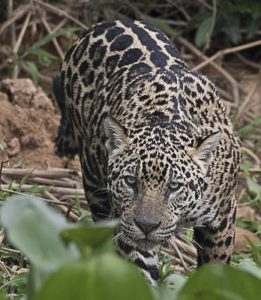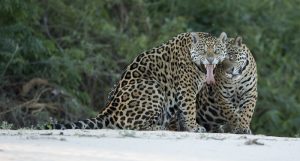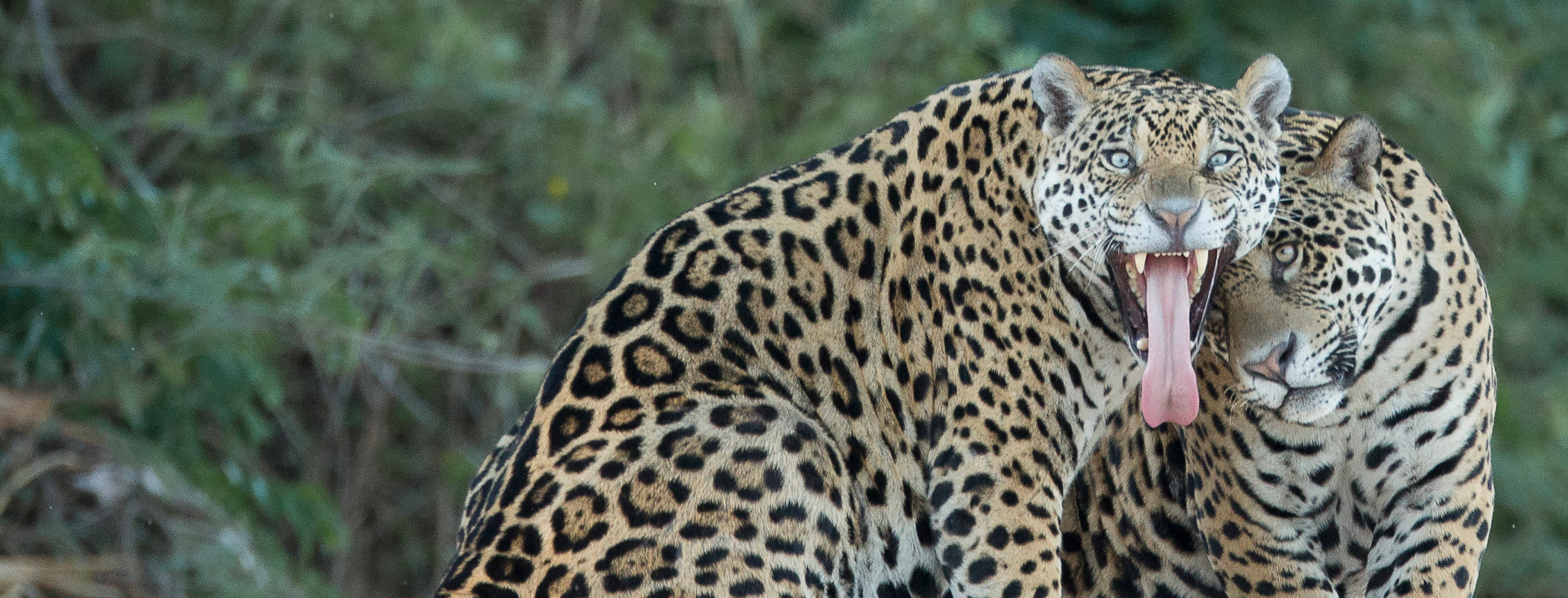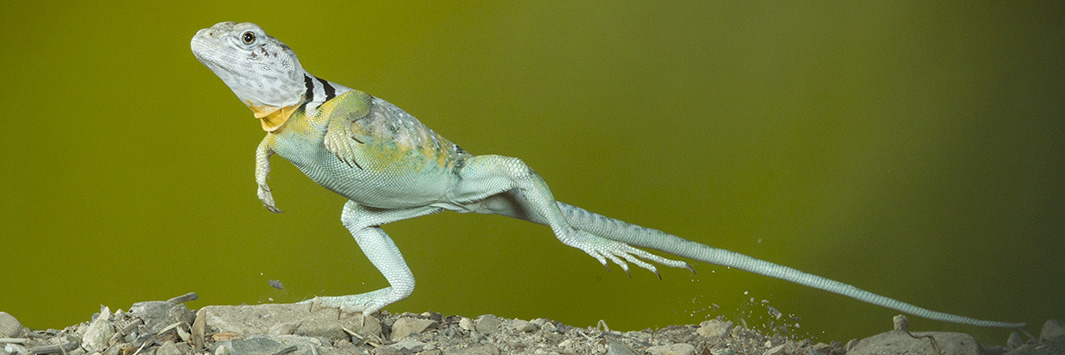Jaguar Photography with Joe McDonald
Brazilian Jaguars By: Joe McDonald
Ten years ago when I headed to the Brazilian Pantanal to search for Jaguars, my friends and I were the only photographers on the river. Today, in that same area, when a Jaguar is spotted there can be twenty or more outboards and small boats with four to ten tourists per watercraft jockeying to get a view. All of these tourists have had a major impact on the local economy. Landowners that had scrimped along by raising cattle on marginal land now view Jaguars as a cash cow, rather than a cow predator.
Despite the influx of tourists the photography is still excellent. However, I’m struck by how poorly prepared many photographers are for photographing the Western Hemisphere’s largest cat on the rivers where these cats are seen. Poor preparation is most noticeable in the various ways photographers are supporting their long lenses.
Over the years I’ve used various long lenses but today I’ve settled on two lenses for covering nearly all of my Pantanal wildlife shooting. One is the 100-400mm zoom, but zooms covering similar or greater ranges would work just as well. I can hand-hold my 100-400mm lens, but I far prefer to keep the lens mounted on a RRS Monopod with the Monopod Proball Head. Here’s why.
When you’re hand-holding a lens, part of your concentration must be directed to simply keeping the camera and lens as steady as you can. Additionally, while trying to do this, it is much more difficult to keep an AF sensor on a target area and to sweep the edges to fine-tune a composition.
Do not make the mistake of using a regular ballhead on a Monopod in lieu of using a special Monopod head. Ballheads can move in any direction, but a Monopod just tilts forward or back, so a lens cannot flop awkwardly to the side. You could use a ballhead, of course, but believe me, the Monopod head is much more efficient.
I also carry an extreme telephoto, an 800mm. Sometimes I’m really challenged to keep that lens steady, but I have the reach when I need it, and the lens is perfect for the land-based shooting I also do while in the Pantanal.
To support this super telephoto I use a RRS TVC-34 tripod and a gimbal-style head. When I’m mid-river with a current my boat may be rocking or bouncing, especially if we’ve just come across a Jaguar and haven’t dropped anchor. Lining up a cat with a long lens can be a challenge, but with a gimbal head I’m usually able to effectively frame a shot, timing my shots with the up and down movement of the boat.
A tripod really shines, however, when our boat is anchored, which happens often when we’re waiting for a Jaguar to appear and when we’re on site with a stationary cat. With a tripod, I’m aimed and ready for when the action begins, even if I have to wait for hours. You can’t do that if you are hand-holding and even if you’re using a monopod you will get fatigued over time. To be fully prepared for a Pantanal Jaguar trip, consider bringing along both a Monopod and a Tripod.




